- Homepage
- News and Features
- This retiring greenkeeper offers his perspective on the industry
This retiring greenkeeper offers his perspective on the industry
In March 2023, John Wells MG retired from his position as course manager at South Herts GC in North London, signifying an end to an illustrious career in golf course management, spanning a period of 47 years.
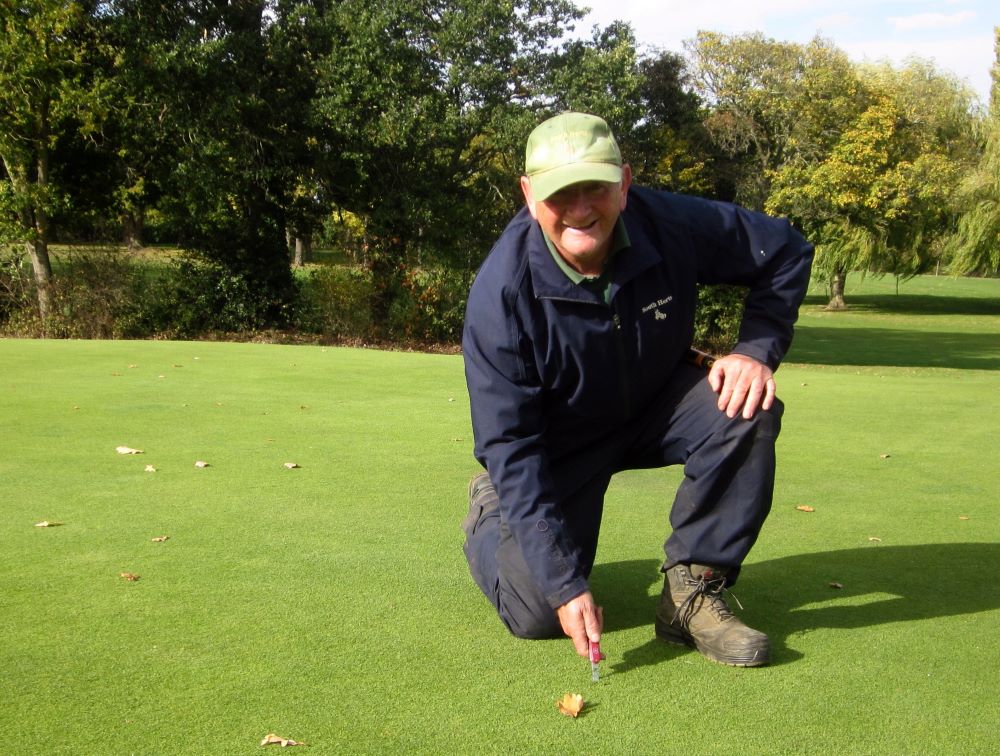
To gain an insight into John’s career, the changes he has witnessed and his thoughts about the industry in general, I spent time with him at the club. I started by asking John how his career began.
He said: “When I left school aged 16, my reading and writing skills were not that great. I had placed more interest and emphasis on playing sport than in education, although I did achieve an O-level in carpentry.
“My first job was producing fence panels. This lasted for three months before an opportunity in greenkeeping as a trainee arose at Welwyn Garden City GC. My 16 years there helped to shape my career and an understanding of what was required to produce good playing surfaces.”
Having gained his City & Guilds levels 1 to 3, John was offered the head greenkeeper’s position when he was just 20.
“Taking on course responsibility at a young age was a daunting task and probably less likely to happen nowadays,” John said. “I was definitely lacking in experience but I had the drive and determination to succeed.
“I remember the greens being verdant green in colour and high in thatch, having been on the receiving end of monthly feeds using a Fisons compound fertiliser. Fortunately I was given some sage advice by then consultant John Campbell, who gave great guidance during my early career. By the time I left in 1992, I was pleased that the course was in good shape and that the greens were firmer and smoother than those I inherited.”
In 1992, John became course manager at Brocket Hall, which was a new development under construction. His main task was to grow-in the Melbourne course, designed by Alliss/Clarke.
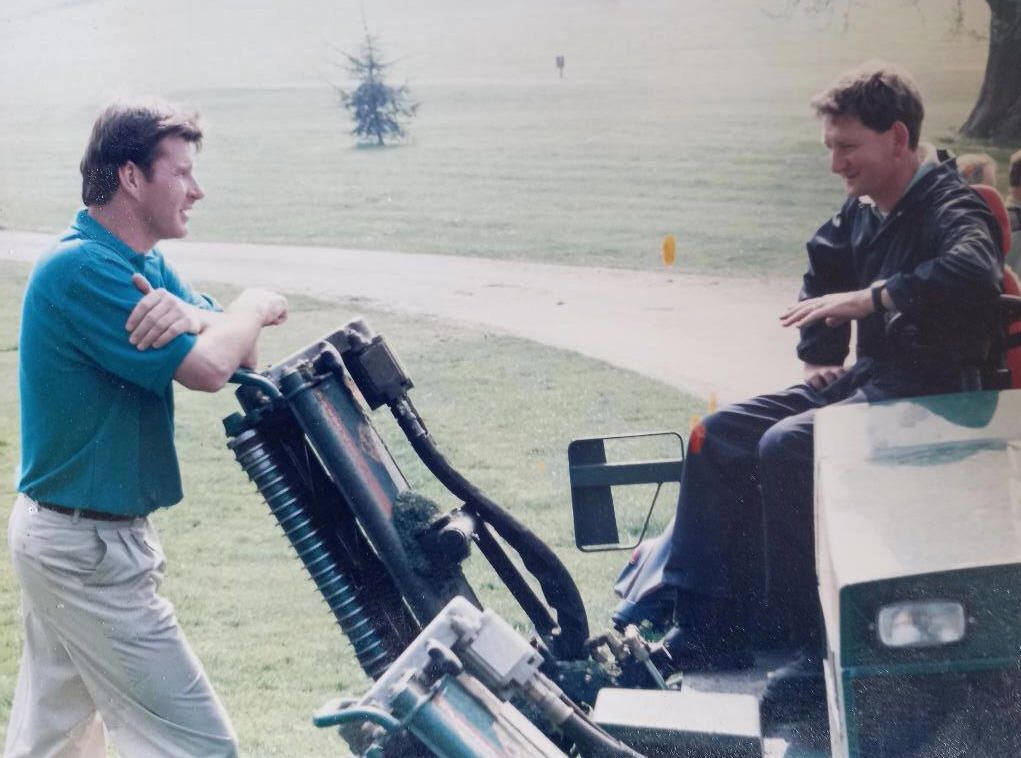
Following a successful opening later that year and a steady increase in business, John’s role was expanded in 1995 to that of estate and course manager. The following year he gained his Master Greenkeeper certificate and then it was back to construction work and grow-in of the new Palmerston course. This was a Donald Steel/Martin Ebert design and built to a higher specification. It opened for play in 1999, by which time Brocket Hall was a premium 36-hole facility, maintained to a high standard and aimed at the corporate golf market. Three years earlier, the estate had been acquired by Club Corp Asia (CCA), who had other golf and business interests elsewhere in the world, and in 2001 the company added golf operations to John’s growing list of responsibilities. This was largely a result of the success of the 36-hole site and positive feedback from those who played.
In 2005, CCA added overseas development to his workload. This involved visiting courses under construction in Cyprus and Russia and existing sites in places such as Japan, China, Latvia and Turkey.
“The reality was that each month my time was divided between Brocket Hall, traveling overseas and home, the latter in ever decreasing amounts,” said John. “At first it was a great and exciting opportunity to visit golf courses in numerous countries, but it left me with no real quality of life and in the end, this almost nomadic lifestyle led to the eventual break-up of my marriage. The reality is that this type of work is better suited for those who are single and have a passion for travel as well as an understanding of managing turfgrass in different climatic conditions.
“Five years of being in and out of airports, hotels and clubhouses was enough and I yearned for a return to the job I love and being home each night.
“One final point, in 2007 income from corporate golf and weddings was a very healthy £2.1 million. The following year, after the financial crash, it had dropped to £1.1 million and I was asked why? It had nothing to do with green speed, organic matter content, length of the rough or having sufficient sand in the bunkers.
“By 2010 I had spent 18 years at Brocket Hall, developing the site and growing the business but, having turned 51, it was time for a return to greenkeeping.”
After what must have seemed like a rollercoaster in terms of challenges and life-style changes, I asked John to describe his latest appointment.
John continued: “The opportunity to manage South Herts came along at the right time for me, since the club were looking for an experienced course manager who was able to overcome several issues, modernise and raise the standard of the golf course. Fortunately, both club and I had a similar vision and I was entrusted to get on with it.”
The course is sited on typical London clay and as such drainage and access around the course is a fundamental requirement. To date the team has installed nearly 8,000 linear metres of piped drainage, installed numerous sections of path, renovated all 80 bunkers with a rubber crumb base in-house, which took three years, and upgraded the irrigation system to include approach watering.
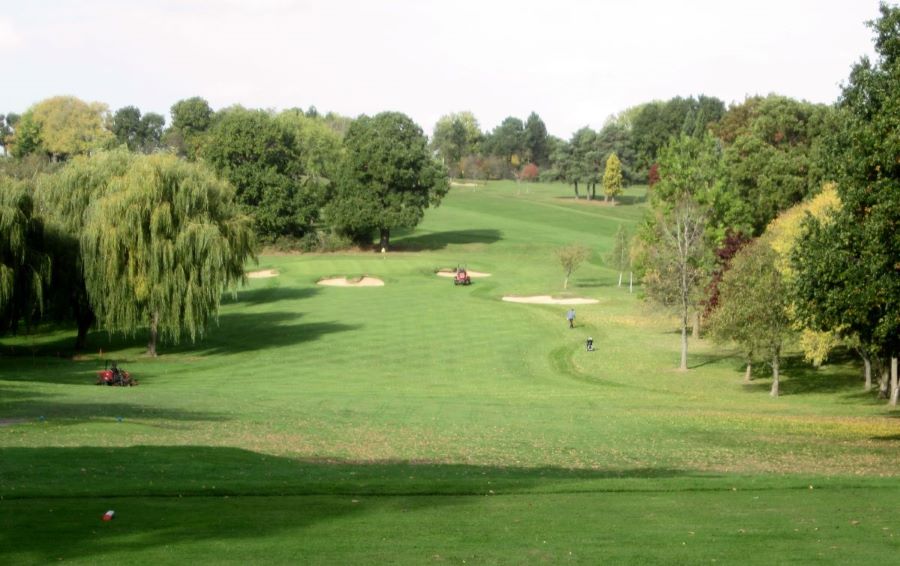
Improving staff training and structure, updating the equipment fleet and extending and improving the maintenance facility was all part of the plan to ensure the infrastructure was in place to meet the club’s objectives.
In terms of agronomical achievements, the first priority was to deal with high levels of organic matter (OM) on the greens. With the support of the STRI, the club had 10 years of data to compare progress and to make any adjustments deemed necessary. OM content was averaging 11%, whereas it is now 6%, green speed has increased from 9.2 to 10.2, while mowing height has only decreased by 0.3mm in 10 years to 3.5mm. Both firmness and moisture content are at their targeted level, although this is more varied since it is subject to rainfall. While nutrient input on greens has remained constant, it has risen by around 20% on tees to combat increased wear and to provide improved presentation.
Looking back at the changes that have taken place in greenkeeping over the past 40 to 50 years, I was interested to hear John’s view as to what he thought were the key differences. “For me it has to be the change from being a largely manual operation to one that is highly mechanised,” he replied. “When I started at Welwyn, we had three Ransomes Auto Certes which we used for mowing greens at 5mm, collars at 10mm and tees at 15mm. This meant constantly changing the height of cut.
“We had five unit gangs for mowing fairways and a three unit version for semi-rough, although we did have two Massey Ferguson tractors, both of which were 2-wheel drive.
“We did benefit from having an early Watermation irrigation system installed, but coverage was poor, likewise the impact drive heads that were forever failing to turn.”
Another thing noted was how far education has come since the conception of BIGGA in 1987. He added: “The opportunities now are endless and we have qualified greenkeepers working at prestigious courses throughout the world.
“Technology and innovation have also led to advancement in turfgrass management, although the basic art and science of greenkeeping remains.”
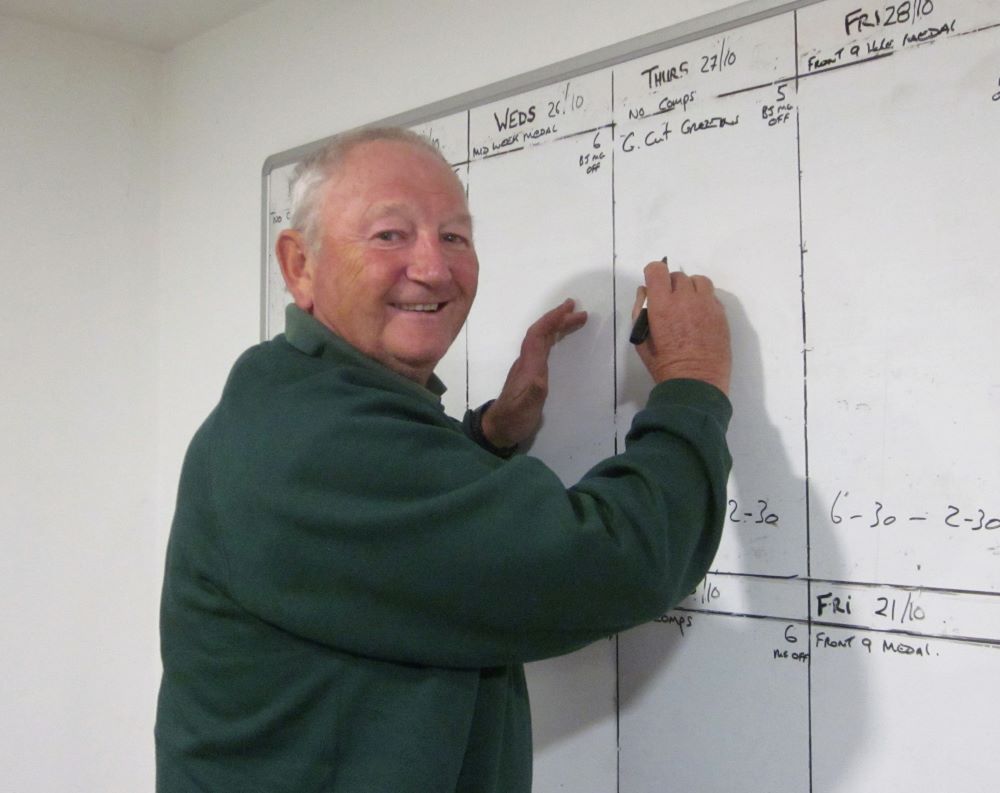
Continuing with change, I asked John for his views on the direction of our industry and his thoughts for the future.
He replied: “For me, the key issues facing the industry are probably costs, staff, customer expectations and maybe the difficulty in controlling earthworm casting. Perhaps nothing new, but nevertheless they are at the forefront for many course managers.
“Even for moderate 18-hole clubs, an operational annual budget of at least £400,000 is typical in the south east, with labour costs close to 70% of the total.
“My last 20 ton load of sand was almost £1,000, which means that clubs are spending around £10,000 a year just for sand dressings to greens and tees.
“For those embarking on electric mowers, there isn’t much change from £50,000 for a greens triplex nowadays and these costs must be passed on to members or visitors.
“One aspect which is often overlooked is televised golf. When golfers see or experience superb playing conditions and high levels of course presentation, this can become an unrealistic objective for many clubs to emulate. The diversity of clubs means there is a level of cost and conditioning to suit all standards, so maybe it’s good to see what can be produced. Trained and experienced greenkeepers have continually risen to the challenge and I’m sure they will continue to do so.”
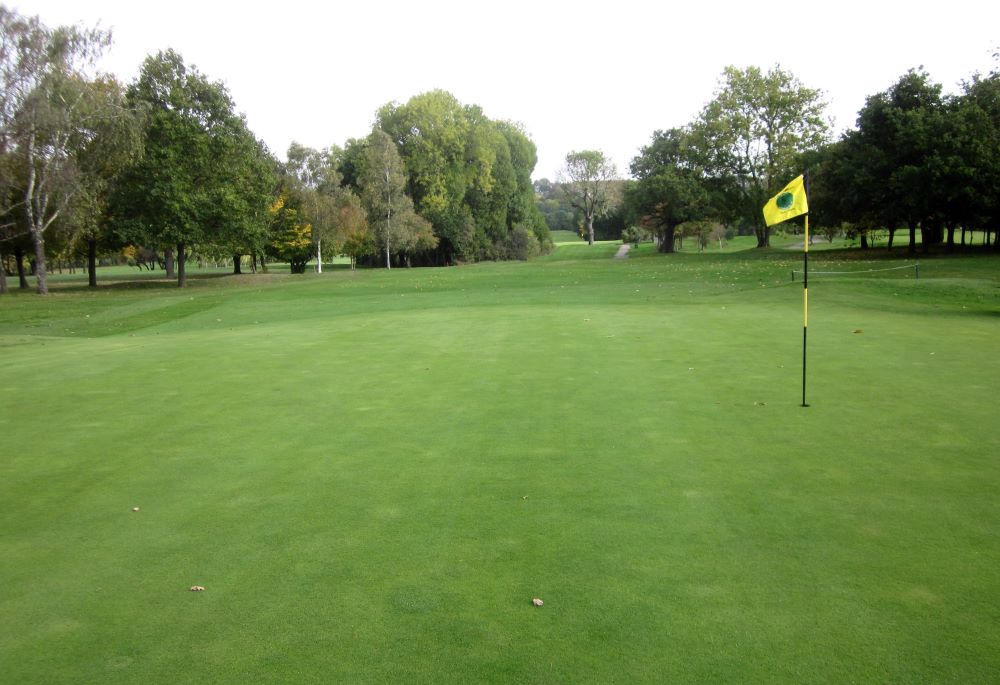
Spending time with John gave me a fascinating insight into his career, the challenges he has faced and how he has adapted to the many changes that have occurred during the past 50 years or so. Perhaps even more remarkable is that his attention to detail on the course and the desire to produce the best possible playing conditions has not diminished.
His son Harry is deputy course superintendent at Dubai Creek Golf & Yachting Club and has been in greenkeeping for 10 years. I rather suspect John will find it difficult not to cast his expertise over some distant course, so I wish him an enjoyable retirement.
Author

Laurence Pithie MG
The first turf professional to attain BIGGA’s Master Greenkeeper status in 1991, Laurence also won Greenkeeper and Groundsman of the Year in 1984 and 1988.
The Master Greenkeeper Certificate is awarded to those members of BIGGA who have reached the highest standards of greenkeeping and golf course management.
Find out more
